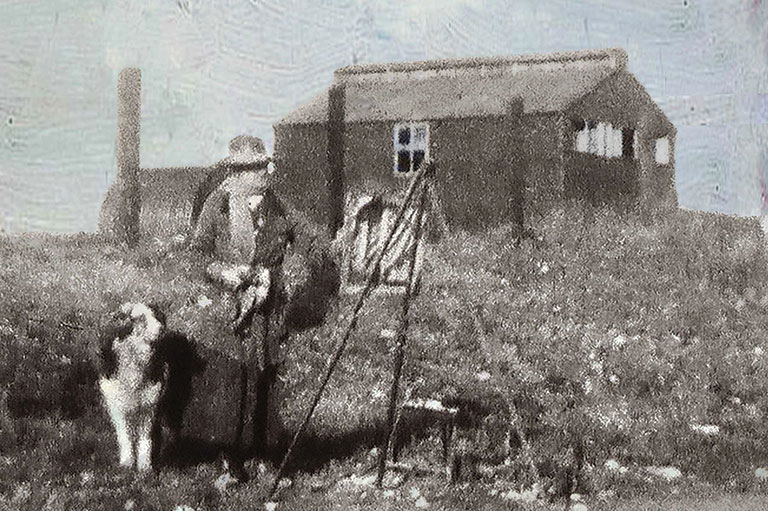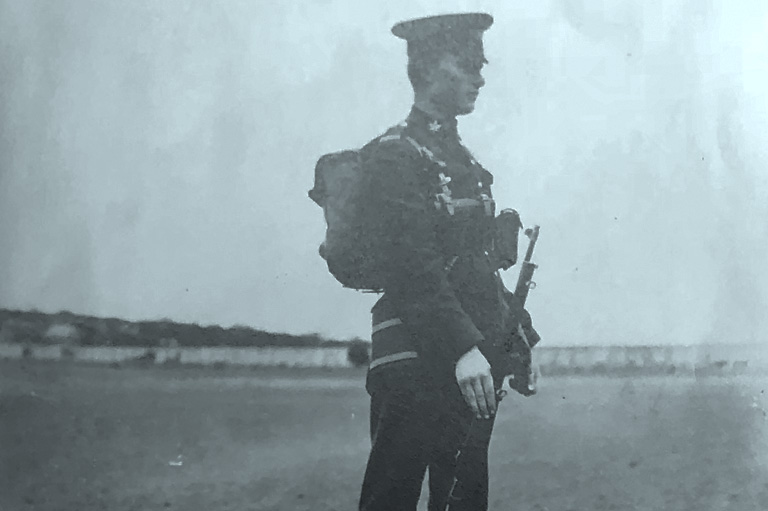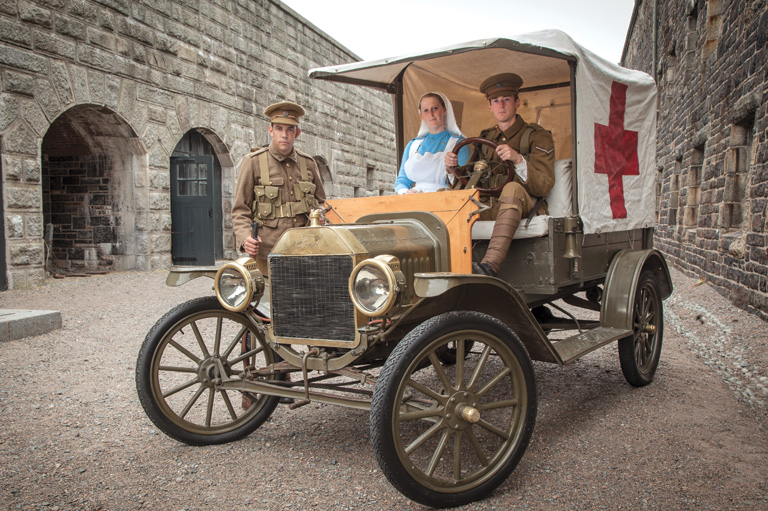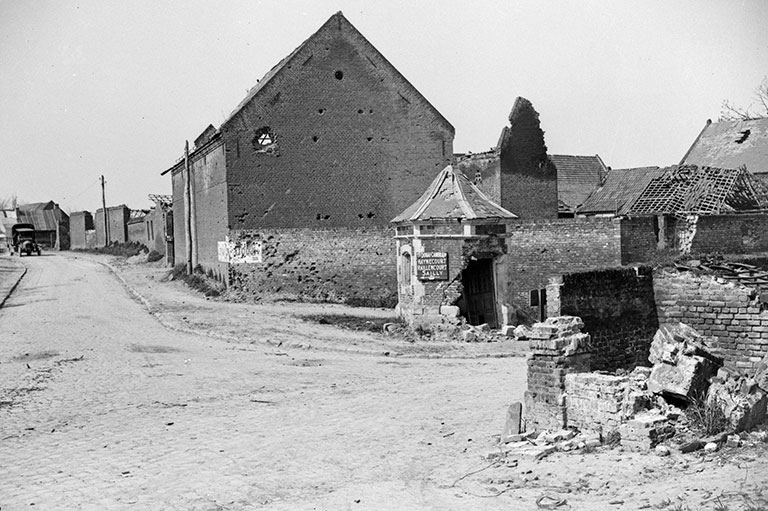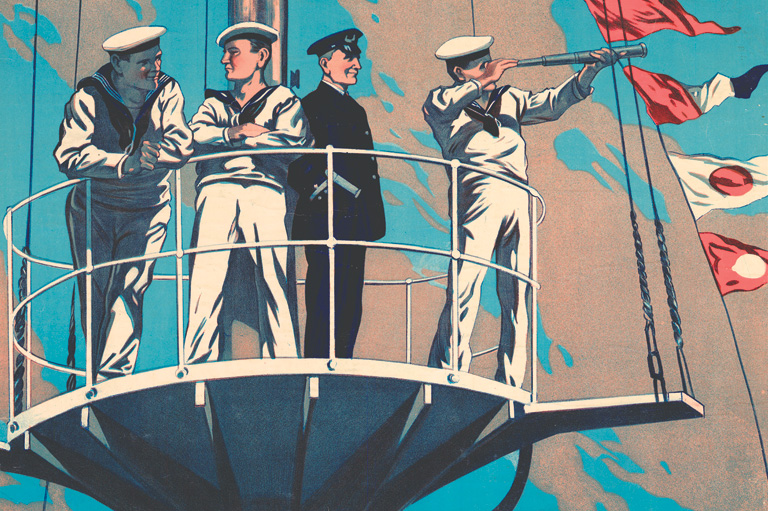The Breakthrough
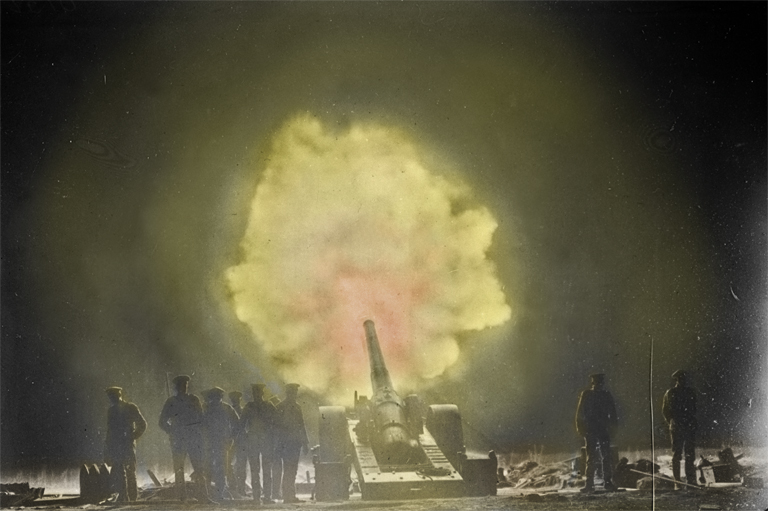
Given the seemingly interminable slaughter, many people feared the Great War would last forever. Then, suddenly, in the summer of 1918, the stagnant war of attrition on the Western Front became one of sudden and swift advances as the Allies pushed Germany out of occupied lands in Belgium and France.
How did the tide turn so quickly? The answer lies in a combination of factors. For most of the war, Germany held a territorial advantage. The Germans invaded Belgium and France, dug in, and fought a defensive war from a position of strength, content to let the Allies smash countless waves of soldiers in futile attempts to breach German lines.
However, after years of failure and the sacrifice of millions of Allied soldiers, Allied generals finally began to embrace innovations in both technology and tactics. For instance, airplanes, once objects of ridicule, became essential. Aerial photography of battlefields and improved wireless communication between pilots and the artillery below helped to improve the accuracy of barrages. Meanwhile, the introduction in 1917 of tanks made it easier for the Allies to punch holes through German defences.
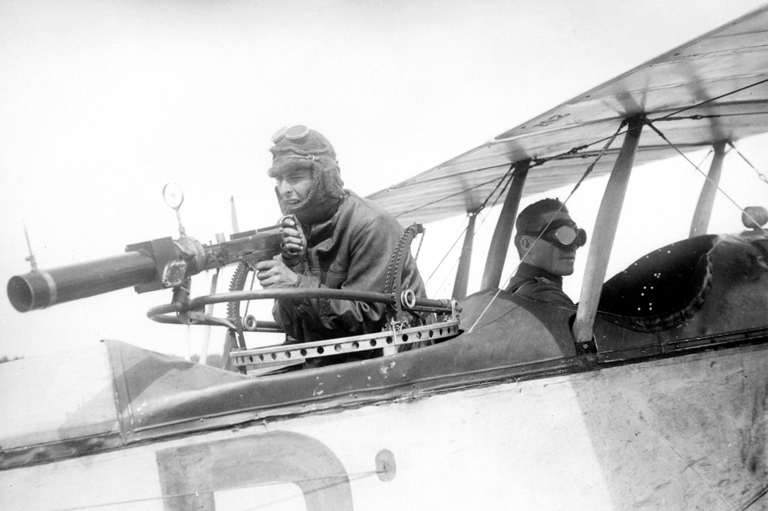
New technologies were married with new techniques of fighting. One example, used to great effect by the Canadian divisions at Vimy Ridge in 1917, was the “creeping barrage” — a coordinated attack whereby troops closely follow a timed curtain of advancing artillery shells.
By 1918, the Allies also enjoyed a growing manpower advantage. While the British Empire could draw on its dominions, including Canada, for more soldiers, Germany’s armies were being slowly exhausted. Meanwhile, the 1917 entry of the United States into the war offered the potential of literally millions of fresh new troops, along with abundant supplies for the war effort.
Fearing the looming manpower disadvantage, the Germans in the spring of 1918 launched a major offensive aimed at knocking France out of the war and forcing a negotiated peace.
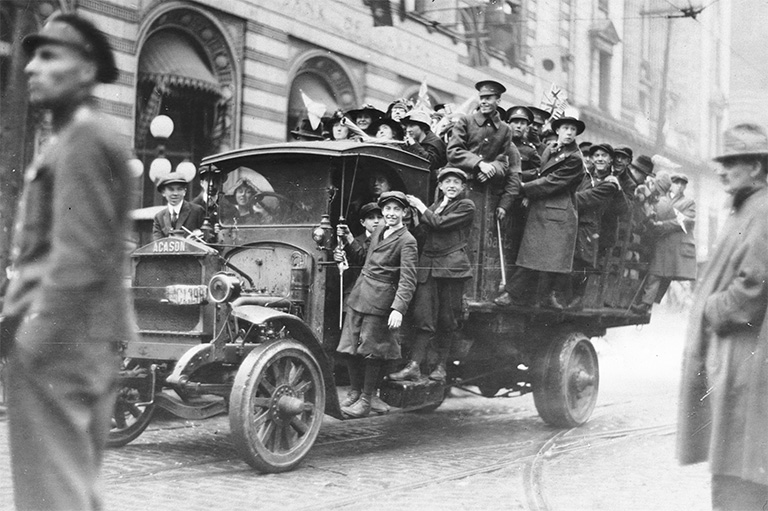
Ultimately, the plan failed. The German offensive ran out of steam at the Second Battle of the Marne, dashing Germany’s dreams of a decisive victory to end the war. By the summer of 1918, the Allies, often led by the Canadians, pushed back the Germans in a series of battles collectively known as the Hundred Days Campaign, which eventually led to the armistice on November 11, 1918.
100 Days Campaign
The Hundred Days Offensive was a series of battles in the summer and fall of 1918 during which Canadian and Allied forces pushed the German Army into retreat, leading to the end of the war.
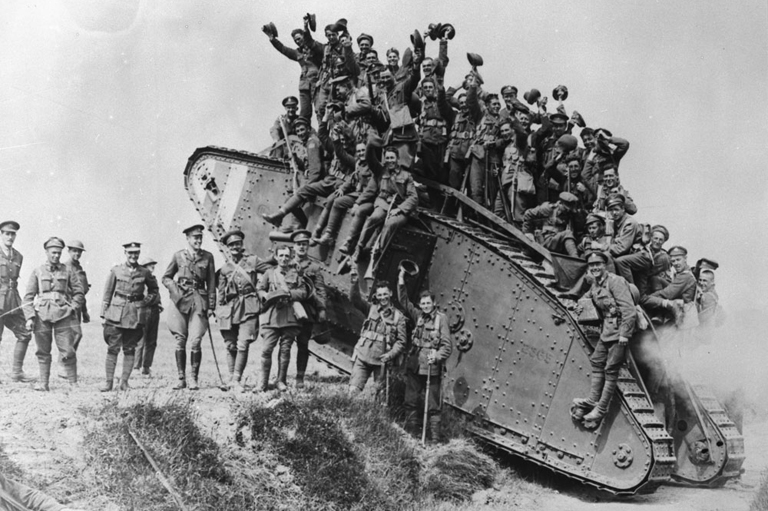
August 8 to 12, 1918
Amiens, France
The surprise assault at Amiens proved one of the most successful days of battle for the Allied forces and delivered a staggering blow from which the German Army could not recover.
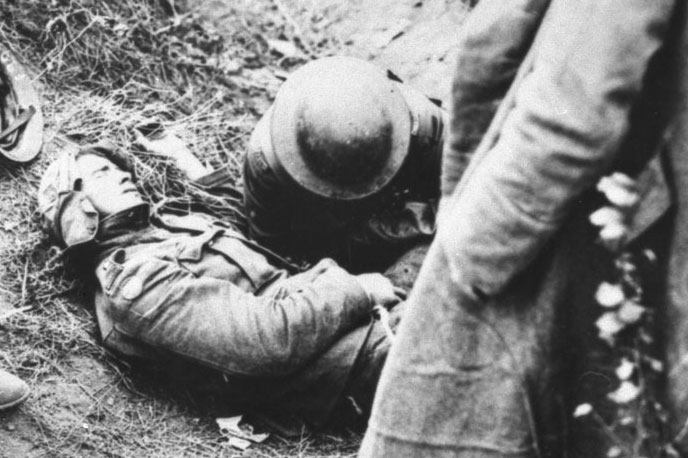
August 26 to September 3, 1918
Arras, France
Canadian troops pushed through the well-defended Drocourt-Quéant Line, forcing the Germans to retreat behind Canal
du Nord.
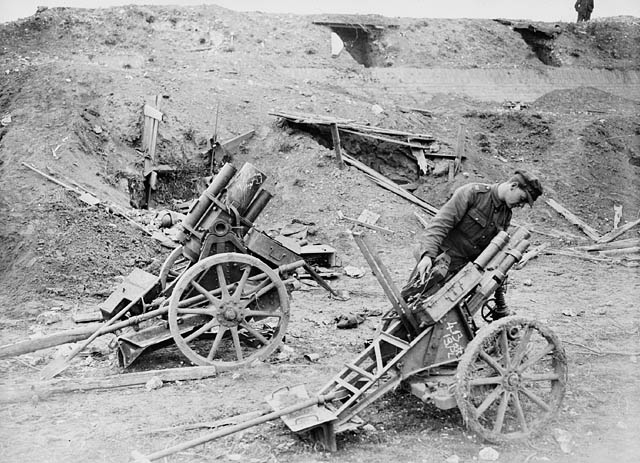
September 27 to October 1, 1918
Canal du Nord, France
A high-risk operation to cross the canal and capture the enemy position proved successful and further pushed the Germans
into retreat.
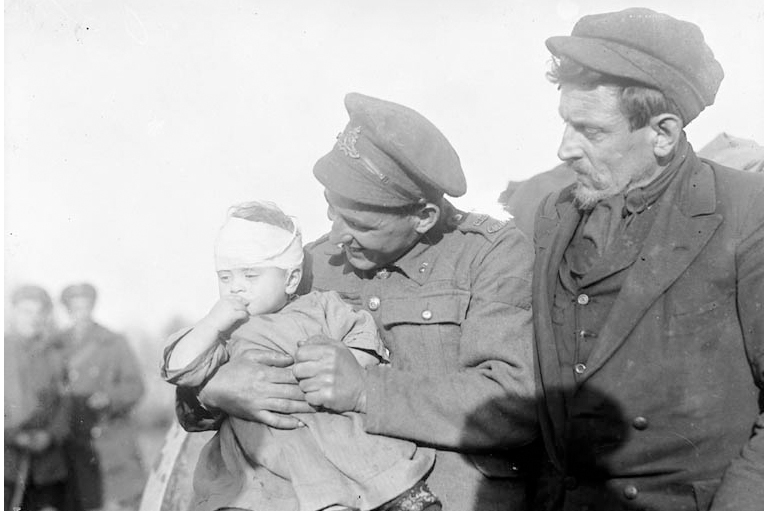
November 11, 1918
Mons, Belgium
The decision to liberate Mons on the final day of the war was controversial. Critics claimed Canadian lives were sacrificed for a symbolic victory.
Themes associated with this article
Advertisement
1914-1918: The War Ends

Canada’s History Archive, featuring The Beaver, is now available for your browsing and searching pleasure!
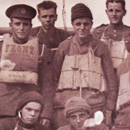
The war that changed Canada forever is reflected here in words and pictures.



